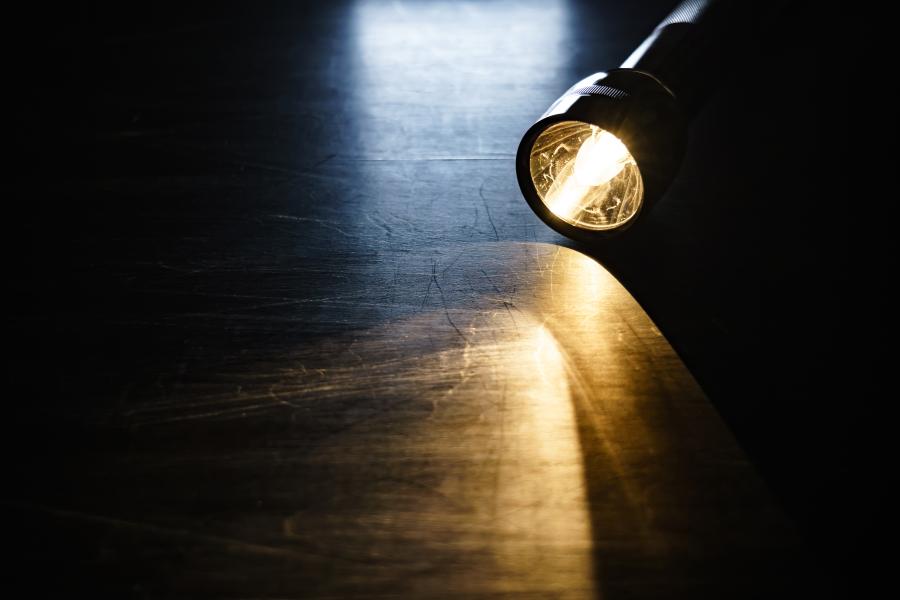It's one of life's little annoyances: The electricity flickers and goes off, and your flashlight battery is dead.
Batteries seem to work until they don't—and often stop working at inopportune moments. They are ubiquitous in our daily lives, powering everything from flashlights and smartphones to computers and electric cars. Yet little is known about why they gradually lose their ability to store and deliver energy over time, a process known as degradation.

Image caption: Yayuan Liu
Image credit: Will Kirk/Johns Hopkins University
Supported by a $600,000, four-year Young Investigator Award from the Arnold and Mabel Beckman Foundation, Yayuan Liu, assistant professor in the Department of Chemical and Biomolecular Engineering, is working to shed light—literally—on why this process happens.
The award, which recognizes faculty members in the early stages of their careers in the chemical and life sciences, will fund Liu's project, "Developing correlative fluorescence microscopy as a new characterization platform for electrochemical materials and processes." Her proposal was one of 11 selected out of 200.
"The higher the voltages, the greater the energy [batteries] can carry, but at that high voltage the battery is really sensitive and really prone to degradations," Liu said. "Today people really don't know what the degradation pathway is at high voltages, because a lot of the chemical processes taking place inside the battery as it degrades are very transient in nature. They have lifetimes of seconds to minutes, so that makes it very difficult to look at the root cause."
Liu is taking the concept of fluorescence microscopy—which uses a higher intensity light source than traditional microscopy and is usually applied to biological fields—and adapting it to the study of electrochemical systems.
"The award will be used to support students developing this fluorescence imaging modality," Liu said. "I hope to demonstrate the capability of this new imaging tool for electrochemistry research through this project so that more people can start developing and using this kind of characterization capability."
According to Liu, fluorescence microscopy is ideal for studying electrochemical systems due to its ability to detect a single molecule emitting visible light. It is also non-disruptive.
"You can observe everything going on in situ, while the battery is operating and without damaging it," she said.
Liu also noted that despite electrochemical batteries being inorganic and artificially produced, there are striking similarities between the cells present in a battery and those found in the human body.
"What I'm fascinated about is that electrochemical cells and biological cells are actually very similar," she said. "In our body there are also a generation of transient species like free radicals or heterogeneities, which people study day to day in biology using fluorescence microscopy. I've always been fascinated by the correlations between life science and material science, so that motivated me."
This method can also be applied to other open questions in electrochemistry.
"This approach has the potential to be very versatile, because once we generate the fundamental knowledge about how to apply fluorescence microscopy to study electrochemical systems, we can apply that very broadly to answer a lot of open questions in electrochemistry," Liu said. "It's a very complementary tool to all these other fascinating tools that people have already used to study batteries and materials. I'm pretty excited about it."
Liu said the Beckman Foundation looks to support and fund high-risk, high-reward projects.
"Dr. Beckman has a legacy of developing new methods, tools, and instrumentations to advance scientific discovery," she said.
Posted in Science+Technology
Tagged chemical engineering, whiting school








